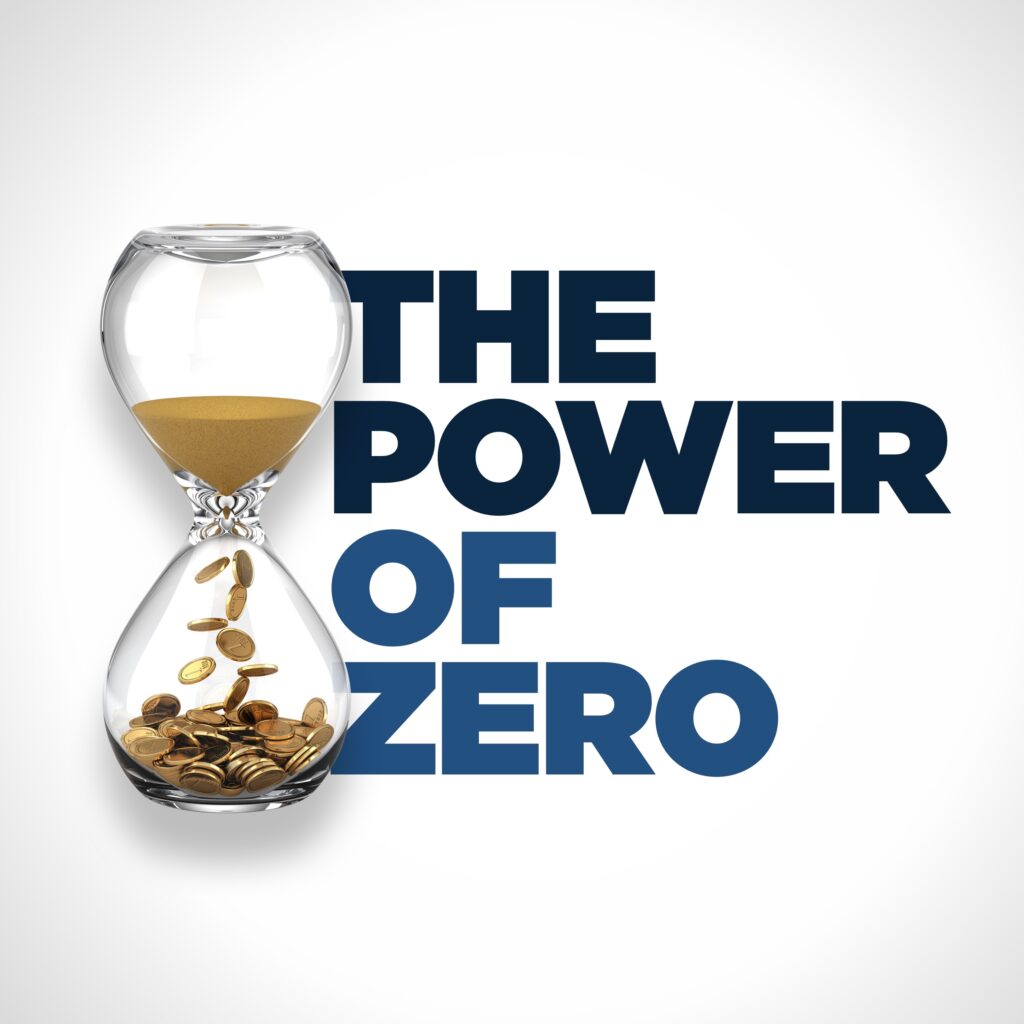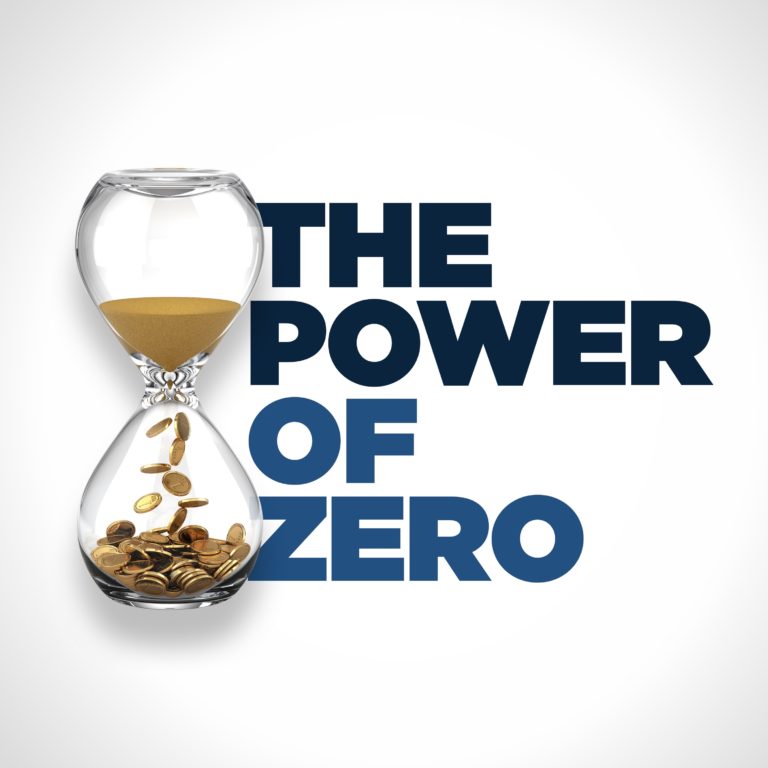There are dozens of contexts in which life insurance gets used, but 95% of the time, and from a Power of Zero planning standpoint, it gets used in two different ways.
David explains how having a certain amount in your taxable bucket may sound great because it’s liquid and you can access it, but by taking the inefficiencies in the taxable bucket, you amortize them out over the balance of your lifetime – and this may end up costing you hundreds and thousands of dollars.
There are different ways you can skinny down your taxable bucket. The first one is utilizing your least valuable asset – your taxable bucket – and use that to pay for your lifestyle. Maximizing your 401k or, even better, your Roth 401k at work is a second way to skinny down your taxable bucket.
The third way is to simply contribute to the Roth IRA. David suggests never letting a year go by where you don’t contribute to the Roth IRA. The fourth way to skinny down a bloated taxable bucket, on the other hand, is by using those dollars to pay for the taxes on your Roth conversion.
As David notes, if you’re younger than 59 and a half, the only way to do a Roth conversion is if you have money sitting in your taxable bucket that you can earmark for the tax on that Roth conversion.
And in case you try to have the IRS withholding tax from your Roth conversion when you’re younger than 59 and a half, you’ll get a 10% penalty even though you may be taking that money out and giving it back to the IRS in the form of taxes.
If you’re younger than 59 and a half, you can have taxes withheld directly from the Roth conversion itself, even though David doesn’t recommend doing it.
The last way you can spend down on a taxable bucket that has a balance that’s far too high is by way of the LIRP.
David explains that the LIRP is not designed to compete with your stock market investments, rather to serve as a bond replacement. Reaching into your investment portfolio, ‘pulling out the bonds’ and replacing them with the LIRP will get you a greater return, lower risk, and a lower standard deviation. It’s just a more effective way to grow your money as a bond replacement.
David sees growing your money between 5 and 7% without taking any more risk than what you’re taking in your savings account as a safe and productive way to grow at least a portion of your retirement savings.
David goes over how the LIRP can be much more efficient than simply growing dollars in the tax-free bucket.



